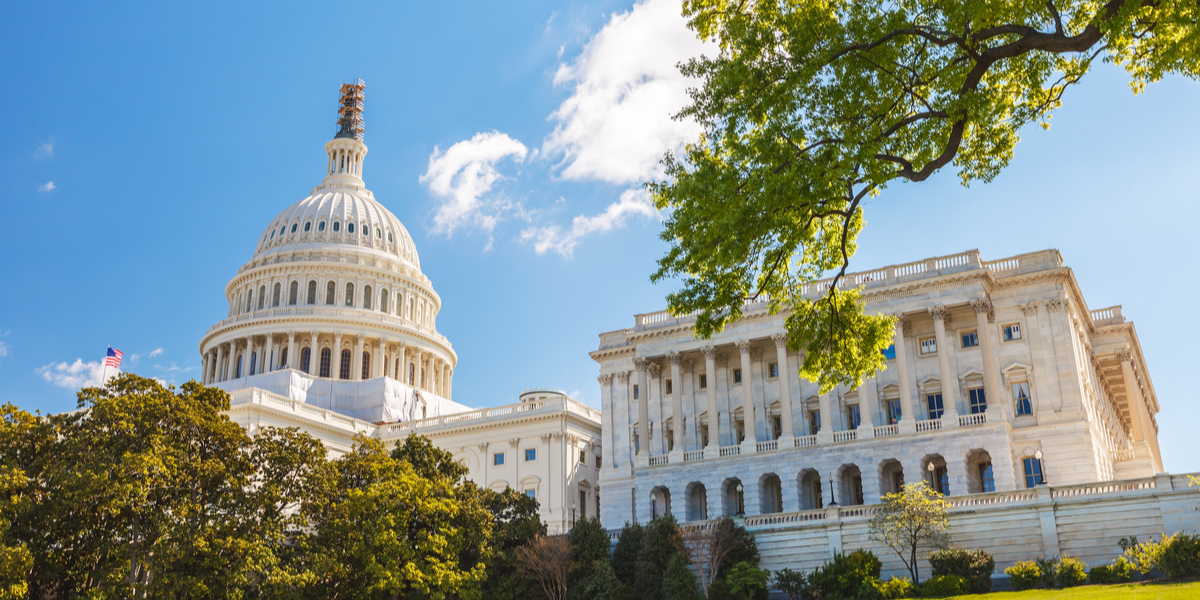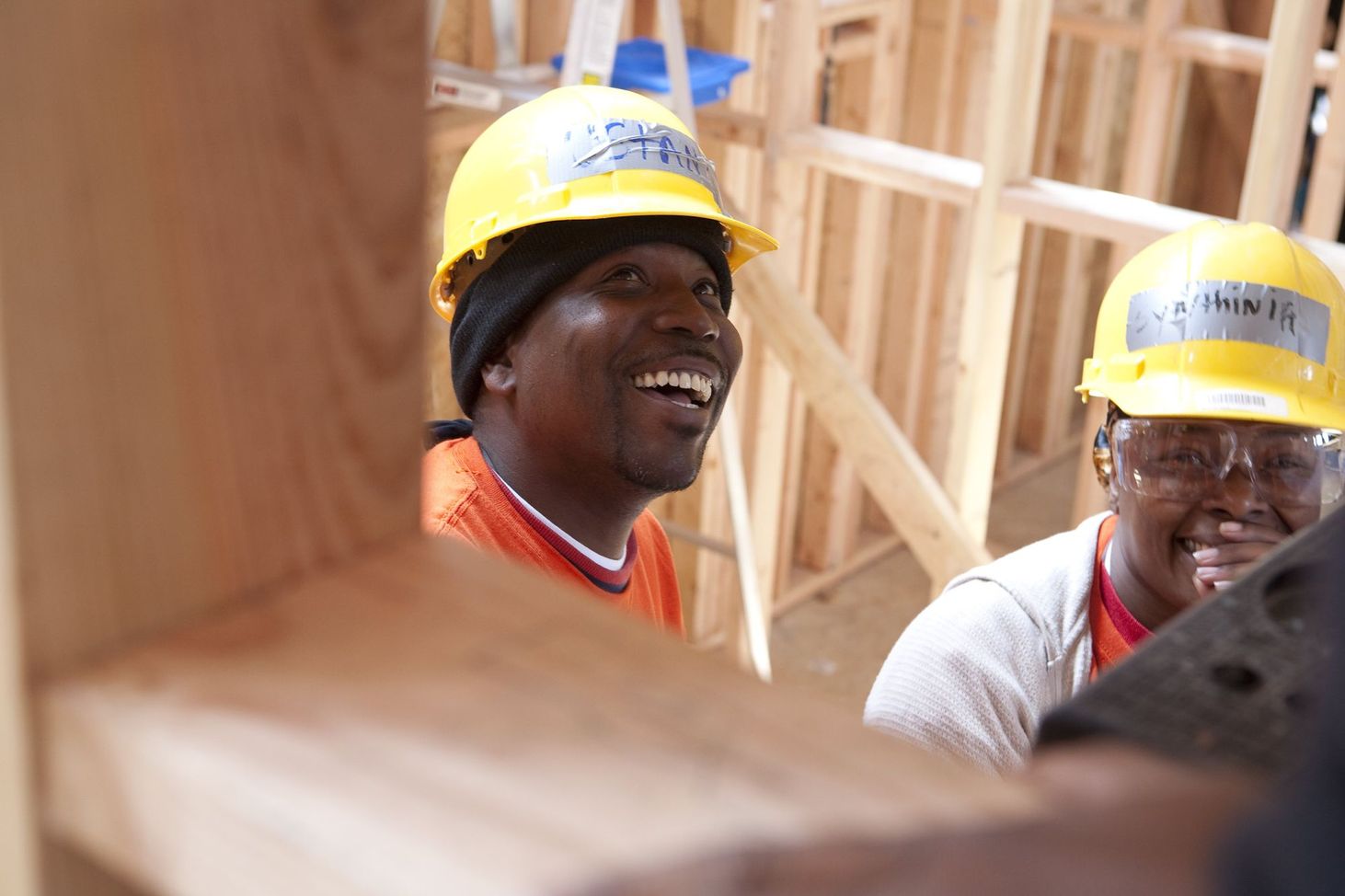Breaking Down Barriers for Energy Efficiency Financing
Let's Save Energy
Alliance to Save Energy's Blog
Breaking Down Barriers for Energy Efficiency Financing

During ICF International's Energy and Environment Breakfast event on October 23, Kateri Callahan, president of the Alliance, and Gene Rodrigues, vice-president of ICF, joined together to address important questions about the future of energy efficiency. Participants asked the panelists to identify a few challenges we may face while working towards the Energy 2030 goal. Both Callahan and Rodrigues explained how developments in efficiency financing will be essential in order to double our nation's energy productivity.
The energy industry finds itself at a crossroads. The sector is rapidly growing with new technologies and job opportunities, yet there is a lack of economic investment and political support at the local and federal level. In order to overcome these challenges, the industry needs pioneering initiatives that will establish the value and profitability of clean energy investments.
New York Green Bank
Governor Andrew M. Cuomo recently announced the first planned transactions of the New York Green Bank, which will be finalized by the end of the year. The initial transactions will fund seven new clean energy projects and are expected to produce more than $800 million in investments across the state. The projects are expected to result in an annual reduction of 575,000 tons of carbon dioxide, comparable to removing 120,000 cars from the road or planting 15 million trees.
Funding has been a particularly challenging barrier for the advancement of energy efficiency and the expansion of renewables. This $1 billion initiative aims to accelerate clean energy deployments in New York by working in partnership with the private sector to transform the financial market. Traditionally, the private sector has been skeptical about financing green energy projects as they are considered a high-risk investment due to the currently evolving nature of the industry. NY Green Bank will facilitate market growth for clean energy by paving the way for the development of a simple, replicable business model that will ease investors’ fears of entering an unfamiliar market. Green banks across the nation will encourage lenders to take the leap by raising large capitals, providing attractive interest rates and other incentives.
USDA Rural Energy for America Program
Last week, the U.S. Department of Agriculture (USDA) Secretary Tom Vilsack announced the government’s commitment to invest $68 million in 540 energy projects through the Rural Energy for America Program (REAP). The Department of Agriculture’s Rural Utilities Service (RUS) kicked off the initiative by awarding more than $10.5 million to North Arkansas Electric Cooperative and Roanoke Electric Membership Corporation.
Under this program, Rural Utilities Service borrowers will have the means to invest in energy efficiency upgrades and convert to renewable energy sources. In the same way that green banks help diminish risk associated with private sector investments, government loans offset the upfront cost of energy improvements and therefore reduce the barriers to residential and business adoption of clean energy. Further, the initiative will support Obama’s Climate Action Plan to significantly reduce emissions and save consumers billions in electricity bills. Overall, the funding will help strengthen the country’s energy sector by fostering local energy sources and increasing the nation’s energy independence.
Good Business
Investments in the energy market are not only good for the community and the environment, but they also make for great business. NY Green Bank and the USDA program are two examples of efficiency financing that will help us achieve our goals to increase energy productivity, promote economic growth and reduce emissions.
These programs do not provide a “one-size fits all” solution to our energy demands. Instead, they allow for each state to design solutions to fit dynamic energy needs. Innovative and flexible tools are necessary to support our current energy system, and these new financing opportunities are an excellent beginning that will hopefully inspire further action.
STAY EMPOWERED
Help the Alliance advocate for policies to use energy more efficiently – supporting job creation, reduced emissions, and lower costs. Contact your member of Congress.
Energy efficiency is smart, nonpartisan, and practical. So are we. Our strength comes from an unparalleled group of Alliance Associates working collaboratively under the Alliance umbrella to pave the way for energy efficiency gains.
The power of efficiency is in your hands. Supporting the Alliance means supporting a vision for using energy more productively to achieve economic growth, a cleaner environment, and greater energy security, affordability, and reliability.



